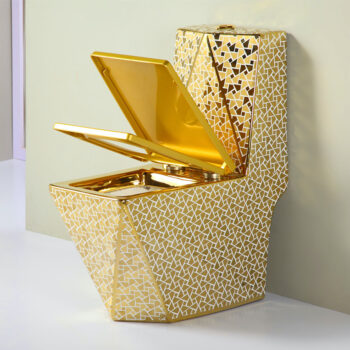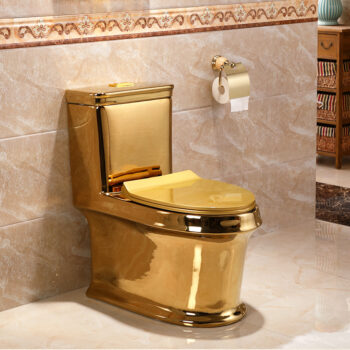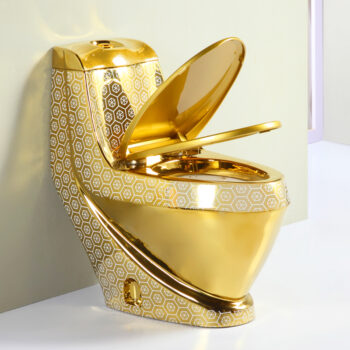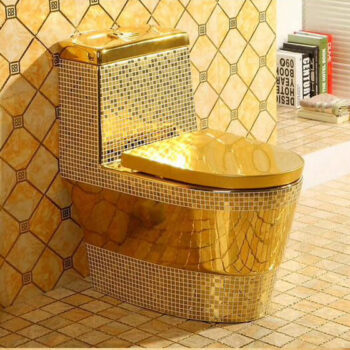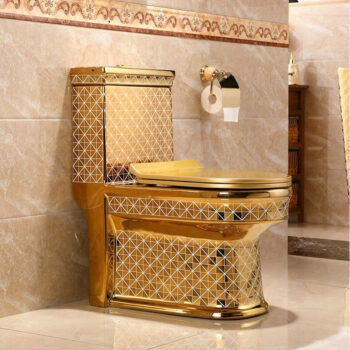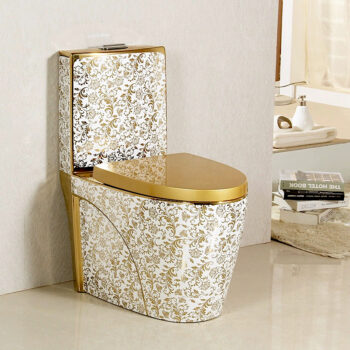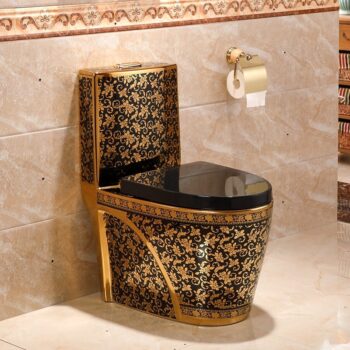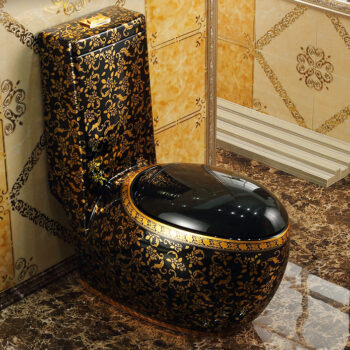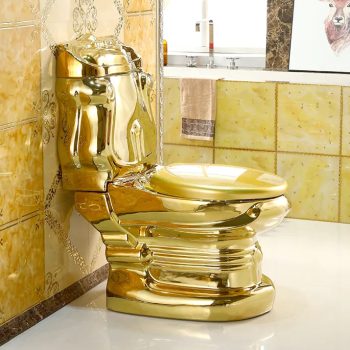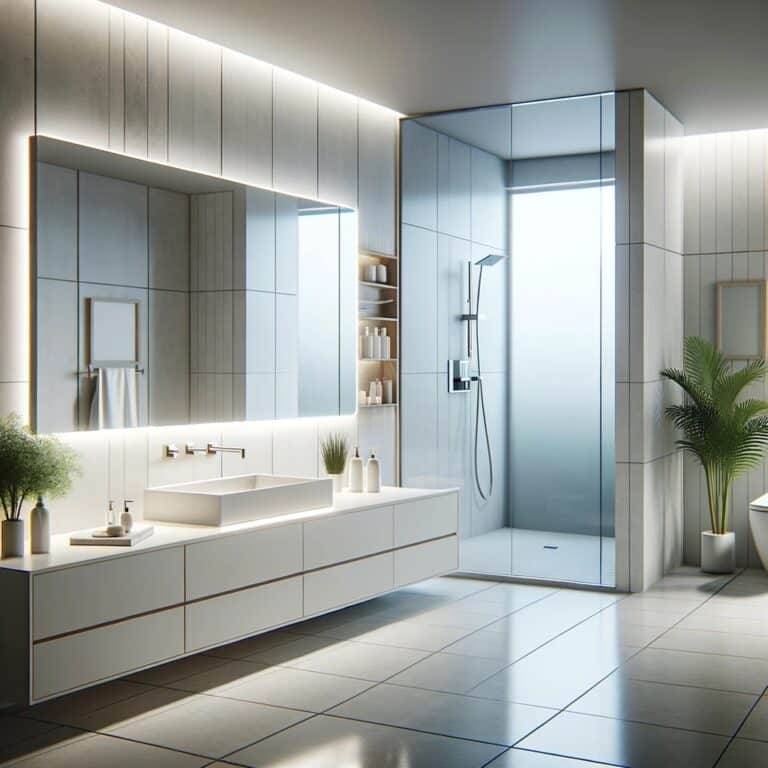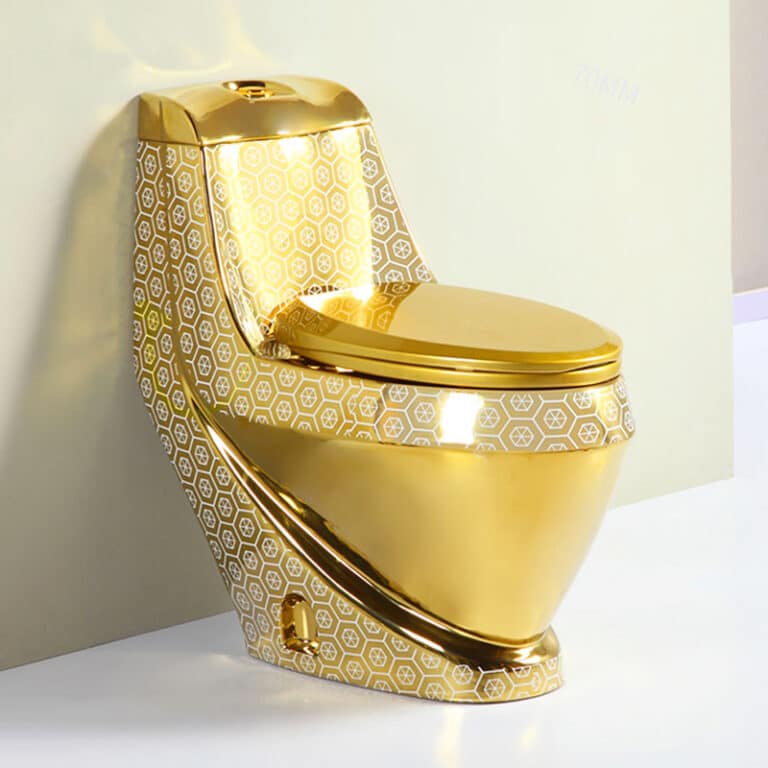Toilet Drainage Standards: A Comparative Analysis Across the US, Canada, UK, EU, and Australia
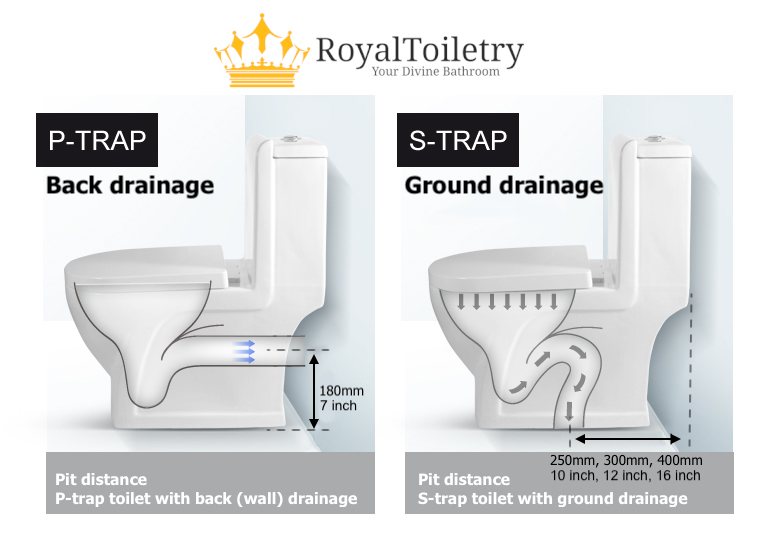
Toilet drainage systems are a critical component of plumbing and sanitation in buildings, ensuring the efficient and hygienic removal of waste. The design of these systems, particularly the choice between S-trap and P-trap configurations and the specification of rough-in distances, varies by region due to differences in building codes, plumbing practices, and historical development. This article explores toilet drainage standards in the United States, Canada, the United Kingdom, the European Union, and Australia, offering insights into the preferences for S-trap toilets (ground/floor drainage toilets) or P-trap toilets (back/wall drainage toilets) and the typical rough-in distances in these regions.
United States
Drainage Type: The United States predominantly uses S-trap toilets. The S-trap, which exits through the floor, is favored due to its efficiency in preventing sewer gases from entering the living space and its compatibility with U.S. plumbing codes.
Rough-in Distances: The standard rough-in distance in the U.S. is 12 inches from the wall to the center of the drain or flange, though 10-inch and 14-inch options are also available in different bathroom sizes and designs.
Canada
Drainage Type: Like the U.S., Canada primarily uses S-trap toilets for the same reasons of hygiene and building code compliance. The S-trap’s design suits the Canadian climate and building practices, ensuring effective waste removal and ventilation.
Rough-in Distances: The standard rough-in distance in Canada is similar to that in the U.S., with 12 inches being the norm. This standardization facilitates consistency in toilet installations across North American homes and buildings.
United Kingdom
Drainage Type: The UK has a mix of S-trap and P-trap toilets, but recent building practices and regulations have shown a preference for S-trap designs due to their better performance in preventing backflow and sewer gas entry. P-trap toilets, which exit through the wall, are still found in older installations but are less common in new buildings.
Rough-in Distances: The UK does not have a standardized rough-in distance like North America. Instead, installations are often customized to the specific bathroom layout, with flexibility in the positioning of plumbing connections. The most commonly used rough-in distance for S-trap toilets is 300 mm / 12 inches and 180 mm / 7 inches for P-trap toilets.
European Union
Drainage Type: Across the EU, there is a diversity of practices, with both S-trap and P-trap toilets in use. The choice often depends on the country, building age, and specific plumbing regulations. However, newer installations and renovations tend to prefer S-trap toilets for their efficiency and compliance with EU standards for health and safety.
Rough-in Distances: Like the UK, the EU lacks a uniform rough-in distance standard, reflecting the variety of building styles and plumbing systems across member states. Installations are typically tailored to the building’s design and the local plumbing codes. Like the in UK, the most commonly used rough-in distance in EU for S-trap toilets is 300 mm / 12 inches and 180 mm / 7 inches for P-trap toilets.
Australia
Drainage Type: Australia predominantly uses S-trap toilets, especially in residential settings where the drainage exits through the floor. This preference is partly due to historical plumbing practices and the design of many Australian homes. However, P-trap toilets are also used, particularly in commercial buildings.
Rough-in Distances: The standard rough-in distance in Australia varies, with a common range between 250 mm to 400 mm (10 inches to 16 inches) for S-trap toilets and 180mm (7 inches) for P-trap toilets. This variation accommodates different toilet designs and installation requirements.
Conclusion
Toilet drainage standards and preferences for S-trap or P-trap configurations vary significantly across the United States, Canada, the United Kingdom, the European Union, and Australia. These differences are shaped by a combination of historical plumbing practices, building codes, and contemporary design and hygiene considerations. While the S-trap design is increasingly common due to its efficiency in preventing sewer gas leakage and backflow, P-trap toilets remain in use, particularly in regions with specific architectural and plumbing legacies. Rough-in distances also vary, with North America adhering to more standardized measurements, whereas the UK, EU, and Australia offer a range of distances to suit diverse building layouts and designs. Understanding these regional standards is crucial for professionals in construction, plumbing, and architecture, ensuring that toilet installations meet local regulations and performance expectations.
